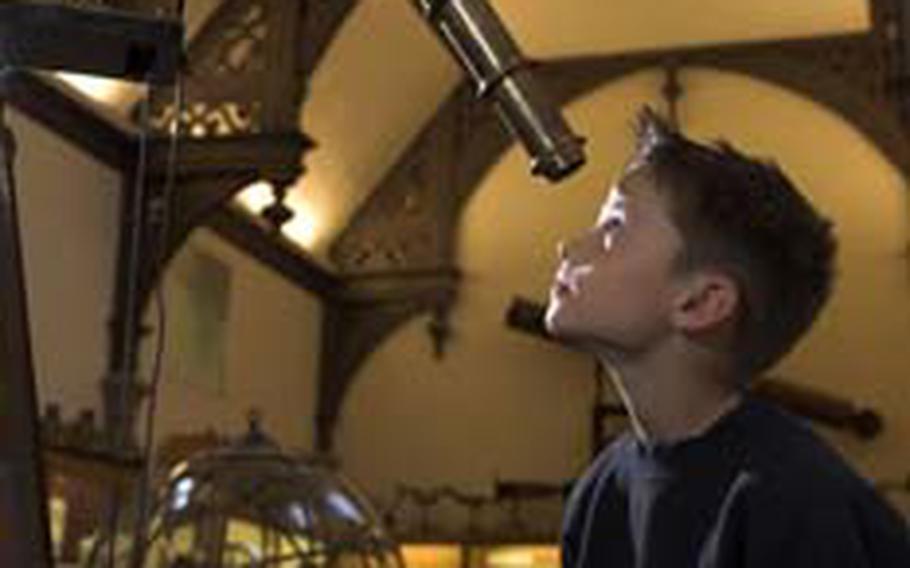
The Whipple Museum’s collection offers many telescopes from yesteryear. (Courtesy of Whipple Museum of the History of Science)
Cambridge is renowned for its academia. For centuries, this college town has been a national focal point for the sciences.
The Whipple Museum of the History of Science is chock-full of all types of scientific instruments from across the years, some so outlandish and oversized that a modern visitor wonders how science was ever advanced through these elementary apparatuses.
All in all, the cozy collection includes models, instruments, photographs and books related to scientific history.
The museum was founded in 1944, when Robert Stewart Whipple gave up his heady stash of scientific instruments to the University of Cambridge, according to the museum’s Web site.
The collection focuses on items from the 17th to the 19th century, particularly objects produced by the British. However, some artifacts go back to the medieval period.
The museum is actually part of the university’s Department of History and Philosophy of Science, according to the Web site, with the museum playing an important part in the department’s teaching and research.
The real fun on a Whipple visit has to involve gawking at the clinking, clanking, old-timey contraptions that old-school scientists relied upon. Of particular coolness was the grand orrery planetarium, a crank-operated large metal diorama, of sorts, from 1750 that plotted the course of the six known planets of the time.
Even funnier are the calculators from yesteryear, typewriter-size boxes that are fascinating for their giant size and primitive appearance.
The replica of an astronomical clock from the 14th century is quite impressive, as it was supposedly used to track the movement of the sun, moon and planets.
The Whipple is a fun look back to a simpler time in science. The modern age may scoff at such prior attempts to understand the world, but one level of understanding begets another. Maybe you will learn something new when you visit.